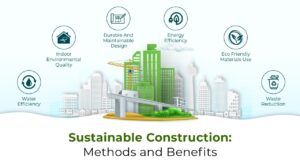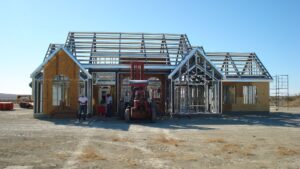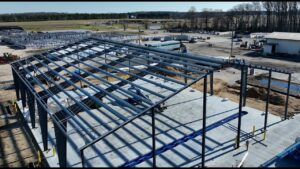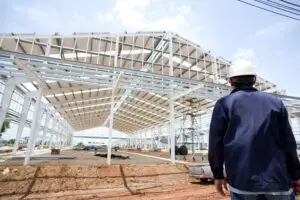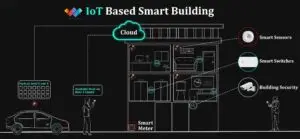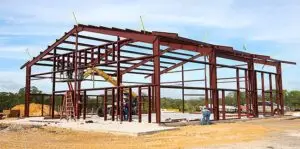Choosing the right building system is one of the most important decisions for any construction project. With technology advancing and industries demanding faster, stronger, and more cost-efficient solutions, the debate between Pre-Engineered Buildings (PEB) and conventional steel buildings is more relevant than ever in 2025. Let’s break down both options to help you make the best choice for your investment.
What Are PEB and Conventional Steel Buildings?
- Pre-Engineered Buildings (PEB): These are factory-made steel structures designed, fabricated, and assembled as a complete system. Components are manufactured in advance, shipped to the site, and quickly put together.
- Conventional Steel Buildings: These use basic rolled steel sections, which are cut and welded at the construction site as per the engineer’s specifications. Every component is custom-built and fitted together during construction, often requiring extra time and labor.
Speed Of Construction
PEB systems stand out for their speed. Because all components are ready to assemble, buildings can be completed up to 50% faster than a traditional steel structure. Conventional steel methods involve longer fabrication and on-site work, sometimes causing project delays.
Cost Effectiveness
PEBs are engineered for minimal material waste, efficient shipping, and quick labor, all of which reduce costs up to 30% over conventional construction. Unexpected expenses and overruns are also lower with PEB due to predictable, factory-controlled processes. Traditional steel projects, on the other hand, often face higher costs due to material overuse, excess labor, and unpredictable site challenges.
Design Flexibility
Conventional steel buildings allow for unrestricted designs, perfect for complex architectural projects with unique requirements. PEBs also offer flexible designs, especially for industrial, commercial, and storage spaces, but may have limits for unusually shaped buildings or extreme customization.
Durability and Strength
Both PEB and traditional steel buildings use tough, weather-resistant materials. However, PEBs benefit from state-of-the-art engineering and quality control, ensuring high durability and consistent performance. Conventional buildings rely more on the skill of on-site workers, which can introduce variability.
Sustainability
PEBs are increasingly eco-friendly—manufactured with precision, using less steel and energy, and creating minimal waste. Modern PEBs can even incorporate solar panels, rainwater harvesting, and energy-efficient insulation. Conventional steel construction can be sustainable with careful design, but tends to produce more waste and consume more energy.
Maintenance
PEBs are designed to be low maintenance, with seamless joints and premium finishes reducing rust, leaks, and repairs. Site-built steel buildings may require more frequent inspection and upkeep due to variable installation quality.
When to Choose PEB or Conventional Steel?
- Choose PEB for warehouses, factories, airports, showrooms, logistics centers, and large-scale industrial or commercial projects where speed, cost, and efficiency are priorities.
- Choose Conventional Steel for signature buildings, complex architectural landmarks, or projects needing specialized customization beyond typical industrial design.
In 2025, pre-engineered buildings are the clear winners for fast-growing industries, scalable businesses, and any project where time, cost, and sustainability matter most. Conventional steel solutions still hold value for custom designs and unique builds, but for most new projects, PEB is the better choice for a future-ready, reliable structure.

